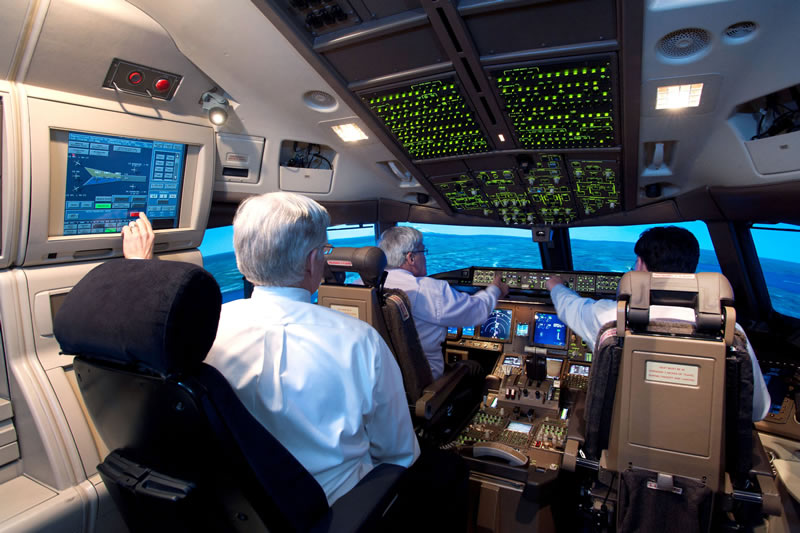Boeing Projects Increased Demand for Pilots, Technicians in Next 20 Years
Wednesday, July 11, 2012, reprinted from Aviation Today
 Boeing on Wednesday predicted the aviation community will require an additional 460,000 new pilots and 601,000 new commercial airline maintenance technicians over the next 20 years as global economies expand and airlines take delivery of tens of thousands of new commercial airplanes.
Boeing on Wednesday predicted the aviation community will require an additional 460,000 new pilots and 601,000 new commercial airline maintenance technicians over the next 20 years as global economies expand and airlines take delivery of tens of thousands of new commercial airplanes.
In its 2012 Pilot and Technician Outlook, the airframe manufacturer said it sees the Asia Pacific region requiring the highest number of new pilots and technicians over the next 20 years. According to the report, a pilot shortage has already arisen in the Asia Pacific region, with airlines there experiencing delays and operational interruptions due to pilot scheduling constraints.
“Meeting this exponential demand requires increased reliance on new, digital technology such as online and mobile computing," said Sherry Carbary, vice president of Boeing Flight Services. "Boeing is expanding its training technologies and the reach of our partnerships and working to develop a global flight school network to better supply aviation talent for the future.”
Here’s how other regions measured up:
• Asia Pacific – 185,600 pilots and 243,500 technicians
• Europe – 100,900 pilots and 129,700 technicians
• North America – 69,000 pilots and 92,500 technicians
• Middle East – 36,100 pilots and 53,700 technicians
• Latin America – 42,000 pilots and 47,300 technicians
• Africa – 14,500 pilots and 16,200 technicians
• Russia and CIS – 11,900 pilots and 18,100 technicians
On the technician side, Boeing said while overall demand for aviation personnel remains strong, the projected need for technicians has decreased from last year, due in part to improving airplane technology and maintenance efficiencies as well as older airplanes being retired sooner than average due to higher fuel prices. The result is better than expected reliability and longer maintenance check intervals. Demand for maintenance personnel, however, is still expected to grow in proportion to the expanding global fleet, according to the report.
